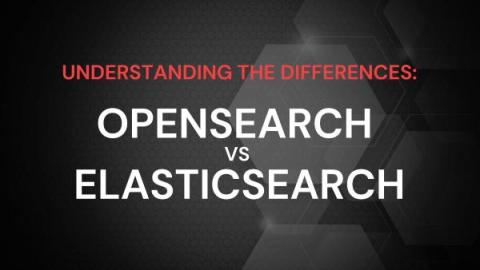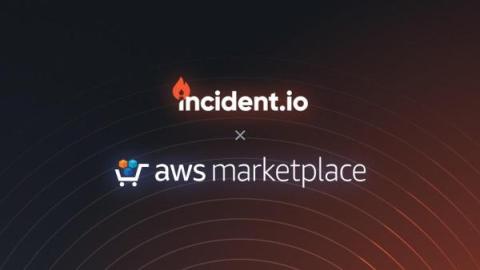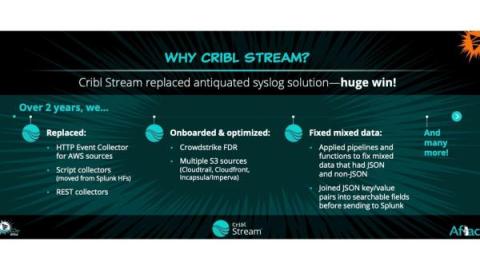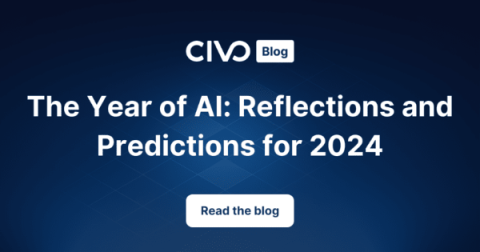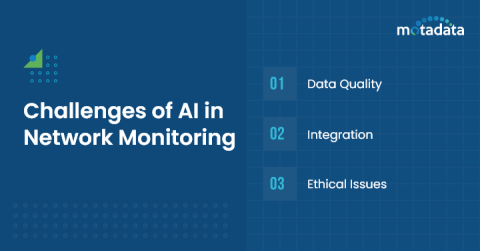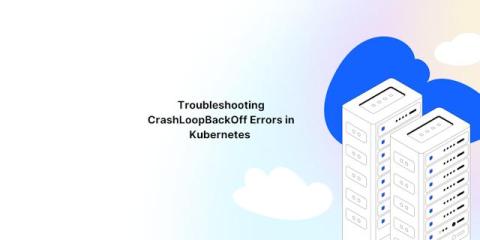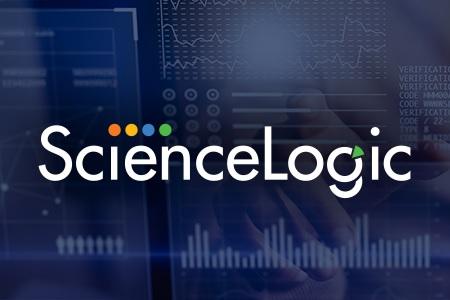Operations | Monitoring | ITSM | DevOps | Cloud
Latest Posts
incident.io - now available in AWS Marketplace
We're pleased to announce incident.io can now be purchased through the AWS Marketplace!
OpenTelemetry Overview
Monitoring distributed systems means collecting data from various sources, including servers, containers, and applications. In large organizations, this data distribution makes it harder to get a single view of the performance of their entire system. OpenTelemetry helps you streamline your full-stack observability efforts by giving you a single, universal format for collecting and sending telemetry data. Thus, OpenTelemetry makes improving performance and troubleshooting issues easier for teams.
Enrichment: Better Data in for Better Response Times Out
In this conversation, Cribl’s Carley Rosato talks to Aflac’s Shawn Cannon about his role as a Threat Management Consultant, and how he manages their SIEM environment, brings in new data as needed, and works to improve the ingestion process. Our customers are always coming up with new and exciting ways to implement Cribl tools — importing a 34 million-row CSV file into Redis and enriching events in Splunk might be one of the most impressive we’ve seen so far.
The Year of AI: Reflections and Predictions for 2024
Who could have predicted that 2023 would see such a huge leap forward in Artificial Intelligence (AI)? That this was going to be the year industries decided that, this is the decade, we would solve AI. From the earliest research as far back as the 1940s, we’ve all been holding our breath, wondering when AI will live up to the expectations painted by science fiction writers and futurists. With the arrival of ChatGPT from OpenAI, we’ve been catapulted into the next generation.
The Power of AI in Network Monitoring
As per a survey by Comcast Business, around 85% of IT leaders trust AI networking tools for meeting their organization’s goals. This stat alone is enough to show how big of a role AI is playing in network monitoring. And it’s just the beginning, with rapid development in Artificial Intelligence, we might see a lot more sophisticated AI use cases for network monitoring. But how exactly does AI help in network monitoring? What its roles, benefits, challenges, and how to implement it?
Troubleshooting CrashLoopBackOff Errors in Kubernetes
9 Leadership Credentials to Highlight in Your Job Application
Unlocking Efficiency through Unified Monitoring - Maximizing Status Page Aggregation
Gone are the days of juggling multiple monitoring tools and piecing together fragmented data. The modern IT landscape demands a holistic approach known as unified monitoring when it comes to streamlining all your mission-critical services and vendors. Partner your business infrastructure with a status page aggregator and establish a health dashboard with all your dependencies.


